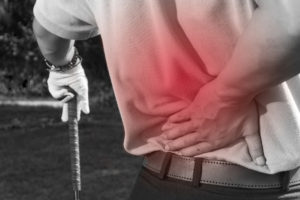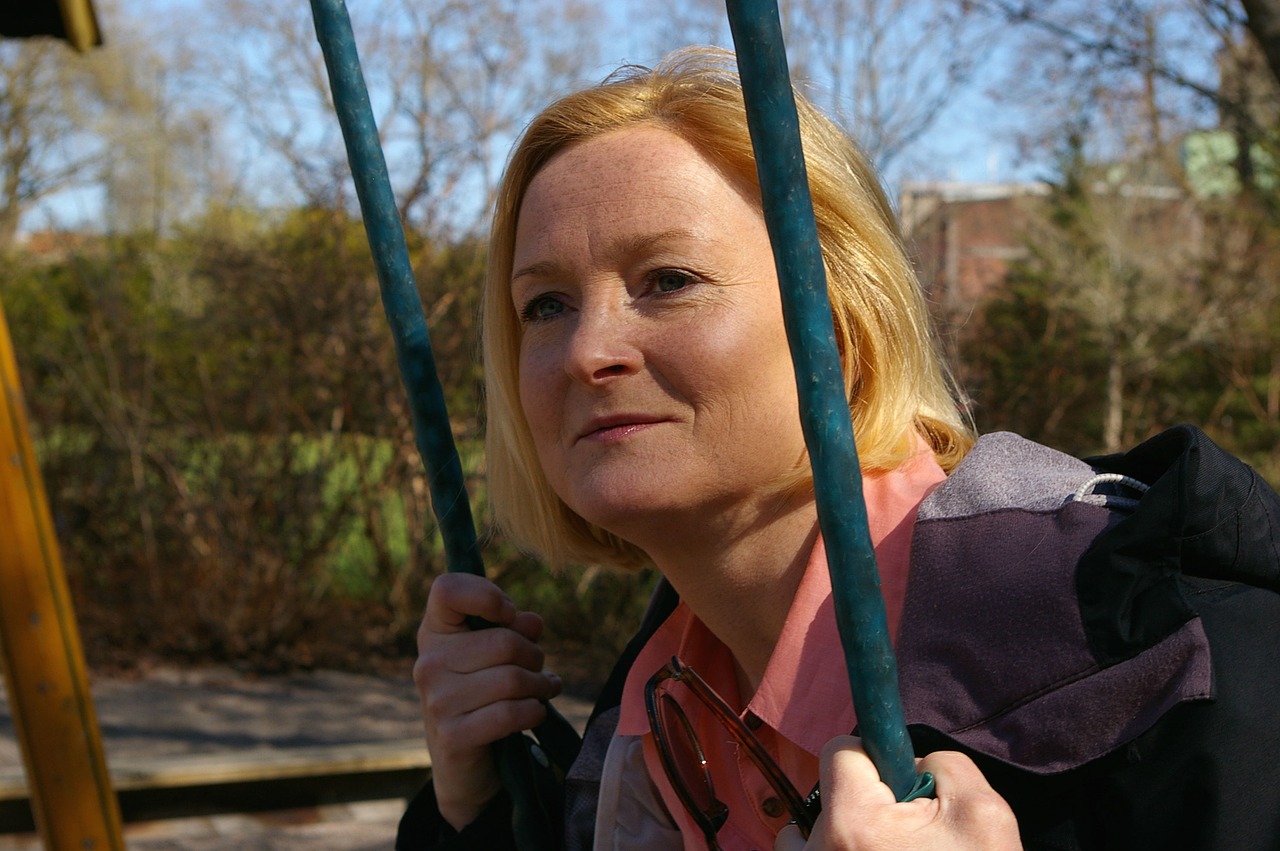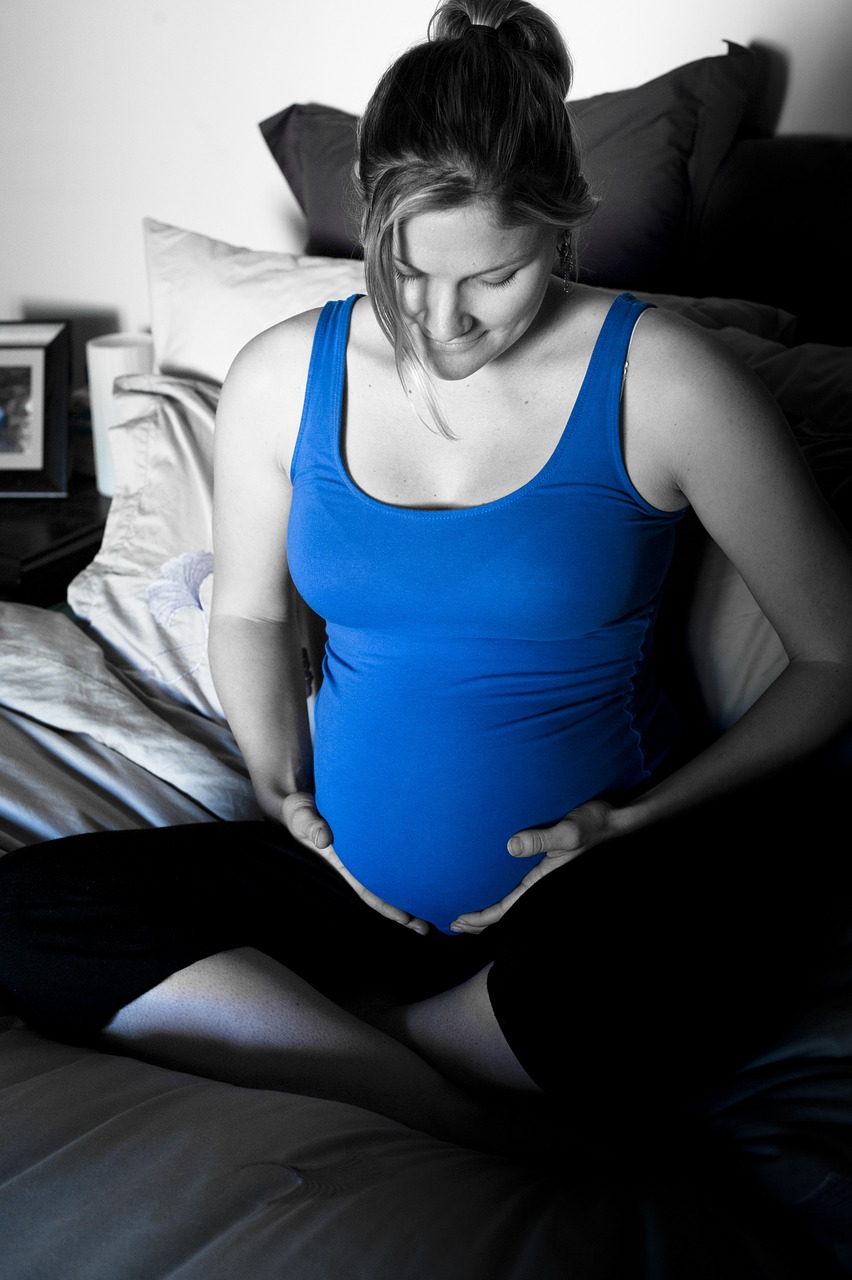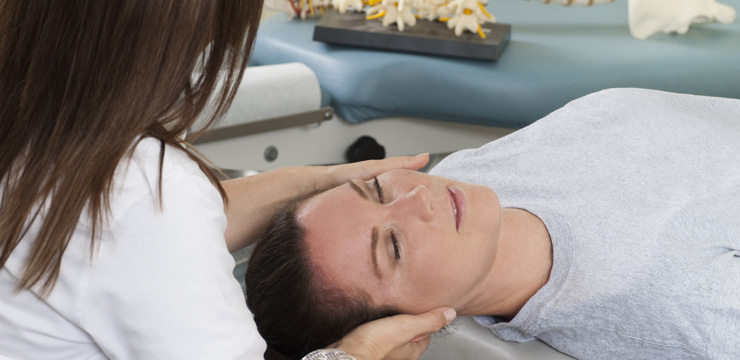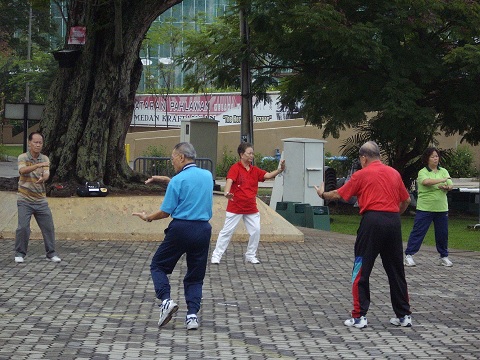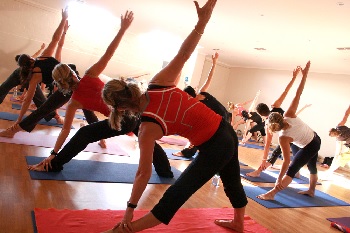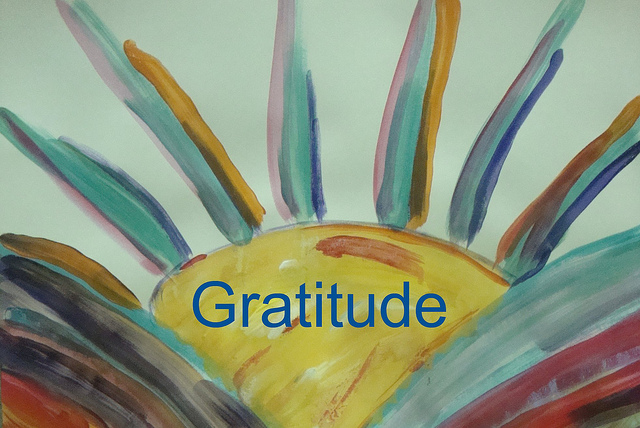According to the U.S. Consumer Product Safety Commission, at least 14,000 children are treated for backpack-related injuries every year. Overloaded or improperly fitted backpacks can cause back, neck and shoulder injuries. Heavy packs may even lead to spinal disc compression; causing severe neck and back pain. A few simple precautions can help your child avoid these painful consequences.
Backpack Safety Tips:
- The American Academy of Orthopedic Surgeons says that the weight of a backpack should not be more than 10-15% of a child’s body weight, but many children carry much more than that. Weigh your child’s school supplies (laptop, books, etc.) and make sure the total weight (including the backpack) falls within, or below, that range.
- Make sure the backpack fits your child’s size and body frame. Don’t buy a large backpack that your child will “grow into.”
- Teach your child how to properly load a backpack – with heavy items near the center at the bottom of the pack to balance the weight – and buy a pack that is just big enough to hold the essentials. No extra room means no extra weight can be added.
- Choose a pack with a waist strap. The American Chiropractic Association warns that our bodies are not designed to carry items hanging from our shoulders. A waist strap helps distribute the weight to our hip bones and should be worn whenever the pack is worn.
- The backpack straps should be adjustable, padded and at least two inches wide. All straps (including the waist strap) should be used each time the pack is worn. Carrying a backpack on one shoulder – even for short distances – can lead to painful injuries.
Backpacks are a fact of life during the school year. Protect your children from pain and injury by helping them select and use them correctly.
